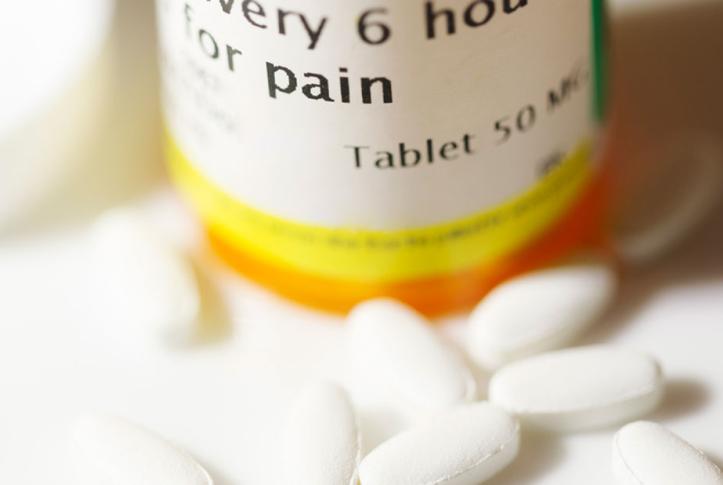The Issue
Federal, state, and local governments have taken steps to reduce deaths from opioid overdoses by expanding access to naloxone, a short-acting drug that reverses the effects of opioid-related overdoses. State Medicaid programs have played a key role by making naloxone affordable for low-income people struggling with opioid use disorder. This role has grown since 2014 as 36 states and the District of Columbia have expanded eligibility for Medicaid to cover low-income, childless adults. In the journal Addiction, Commonwealth Fund–supported researchers examined the effects of this expansion by tracking the increase in the amount of dispensed naloxone covered by Medicaid from 2009–16 and comparing changes in dispensed naloxone in states that did and did not expand Medicaid.
25% Portion of 2016 national naloxone sales paid for by Medicaid
What the Study Found
- Between 2009 and 2013 — prior to Medicaid expansion — the number of Medicaid-covered naloxone prescriptions was similar in the two groups of states: those that later opted to expand program eligibility (4,025) and those that did not (3,800).
- After expansion, the pattern changed. In 2016, expansion states dispensed 38,000 naloxone prescriptions, compared with just 7,000 in nonexpansion states.
- From 2014–16, there were a greater number of naloxone prescriptions per capita in expansion states (215.6 per 100,000 Medicaid enrollees) than in states that opted not to expand (83.1 per 100,000 enrollees).
- In 2009, Medicaid sales of naloxone were less than 1 percent of sales of the drug nationwide; by 2016, that figure had grown to 25 percent.
The Big Picture
The findings from this study suggest that making naloxone more affordable has had a significant impact on its use. Medicaid expansion has been an important tool for states batting the opioid epidemic, but it is only one part of the solution, the researchers say. “Naloxone-specific grants to states, reduced prices for user-friendly versions of naloxone, and improved first responder awareness of and education about naloxone are also critically important,” they conclude.
The Bottom Line
States that expanded Medicaid eligibility experienced improved access to the lifesaving drug naloxone.
